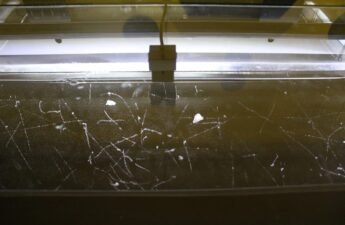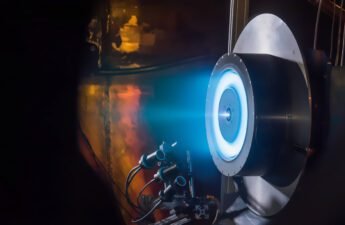In the second part about Postojna cave it is shown most part of permanent exhibition, called Expo Cave Karst or Expo Jama Kras.
Postojna cave (Part 1) Click here
Entrance to see permanent exhibition.

In beginning of exposition, are shown carbonate rocks, which compose 15% of Earth’s surface and 43% of Slovenia’s surface. The most common are limestones and dolomites with different properties, impurity degree and calcium quantity. From right to left: The two first are igneous rocks, followed by marble, sedimentary carbonate rocks and clastic sedimentary. The ones on right have older formation, while ones on left formed more recently.
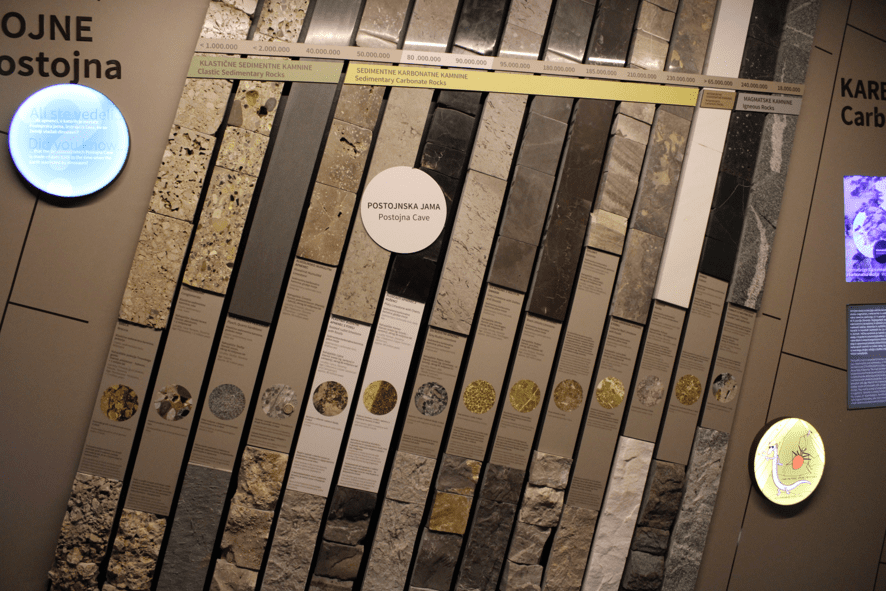
Butterfly exhibition
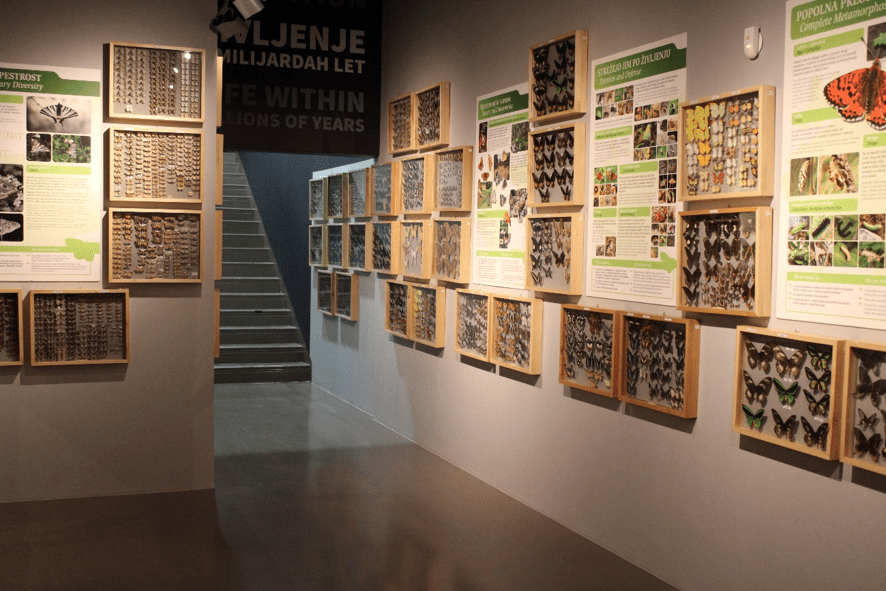
There is a room with samples of many butterfly and moth species.



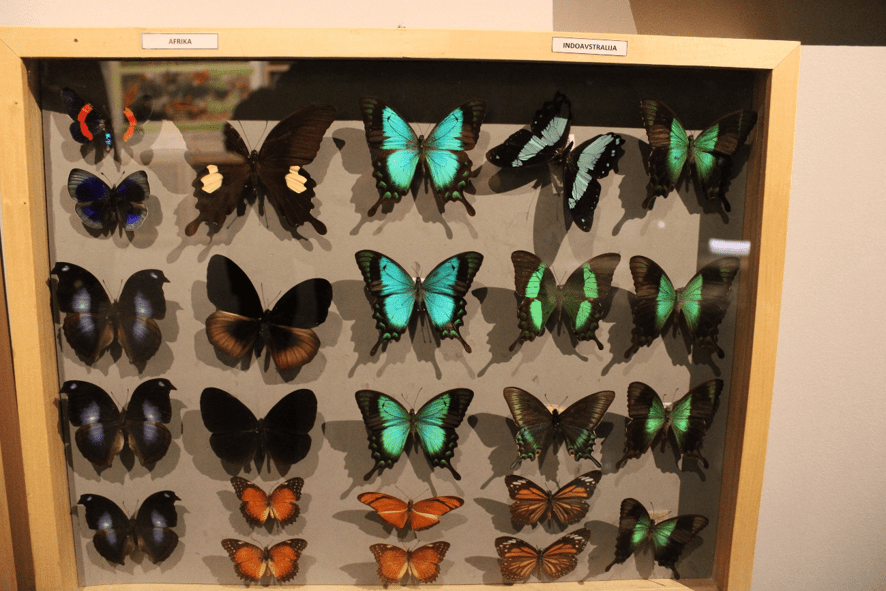


Prehistoric era
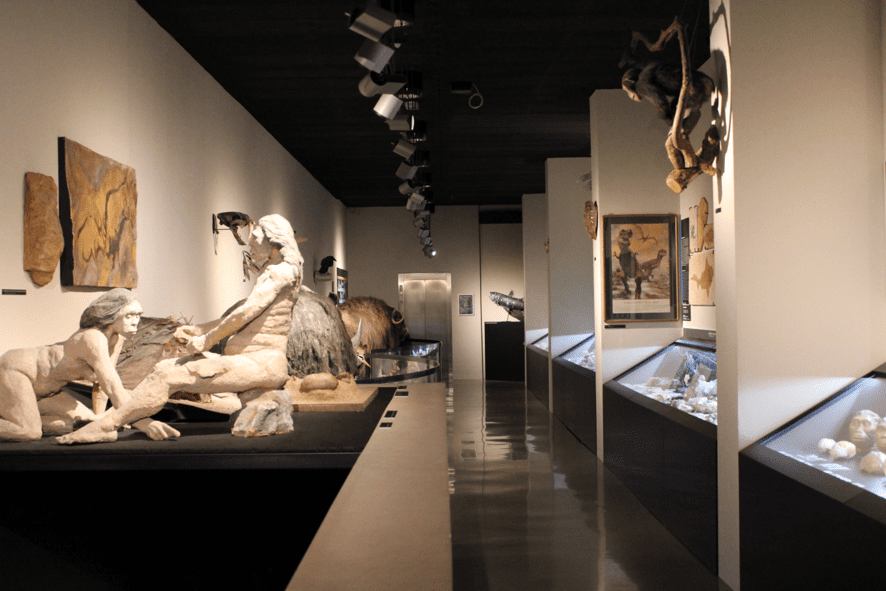
This room shows fossils and animals from millions of years ago. These are Homo erectus sculptures.

On the left is a model of habitation from Magdalenian culture in Pincevent, France, at 15,000 years ago. The bones are remains of a woman from Gravettian period at 25,000 years ago. Was found in Dolní Vetonice, Moravia, Czech Republic. The model on the right is from a shelter in Dolní Vetonice.

These are a wooly rhinoceros and it’s skull respectively.


A musky ox and an ice age hunter.
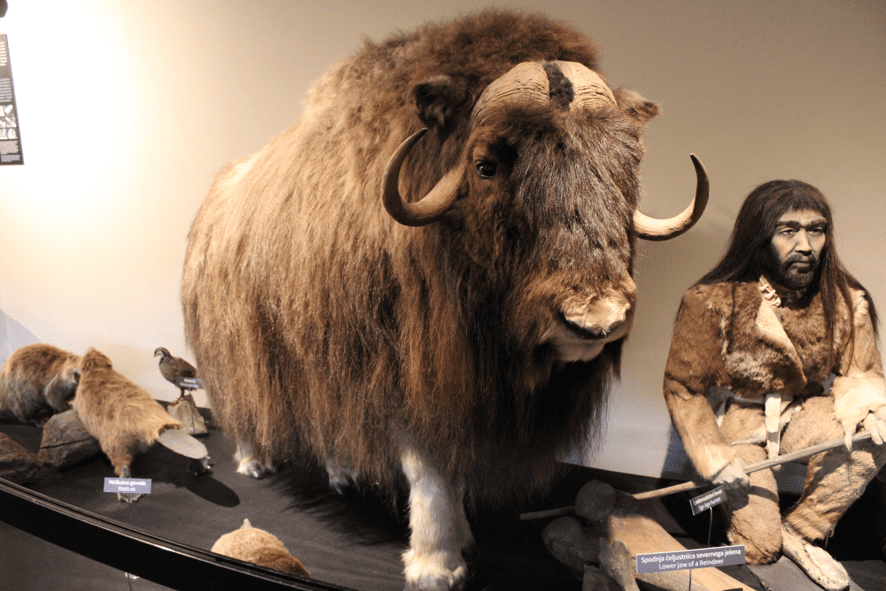
A cave bear.

This is the Danish anatomist and bishop Nicolaus Stenonius, considered the father of paleontology. In 1666, he discovered that some stony objects used as ornaments were fossils teeth from an extinct shark species.

History of tourism in Postojna cave

The oldest signature found in Postojna cave is from year 1213.
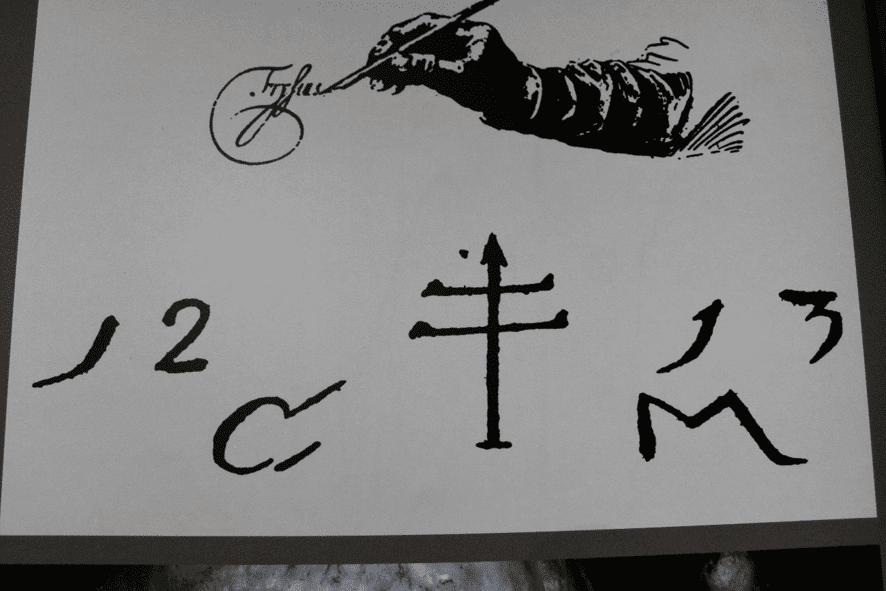
Signatures from years 1412 and 1575 respectively.


A Postojna cave map, made by mathematician Joseph Anton Nagel, in 1784.

On April 14, 1818, were been prepared visit of Austrian emperor Francis I. A worker called Luka Čeč discovered the cave’s inner parts, climbed a wall leading to a hitherto unknow passage. When returned, he said: “Here is a new world, here is paradise!”.
On August 17, 1819, heir to Austrian throne Ferdinand I was the first official visitor of newly discovered cave’s inner part. In same year, 104 people visited the cave. This mural shows that some sculptures are shaped like animals and objects.
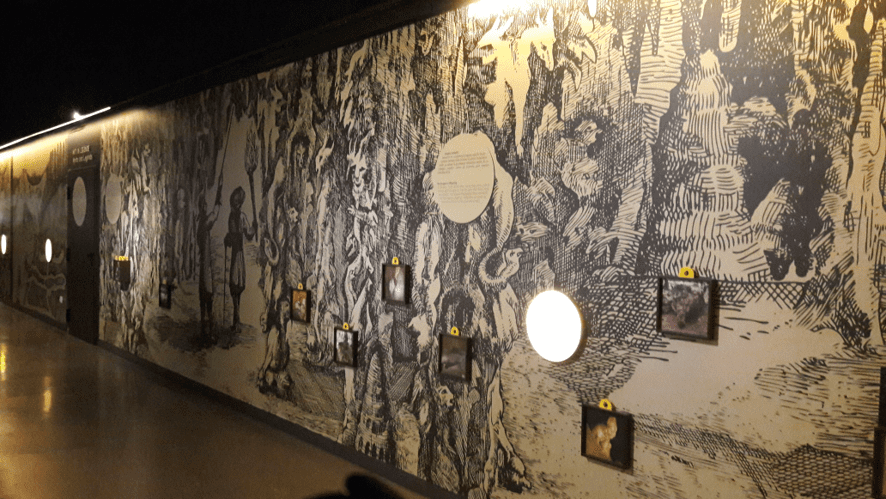
A picture of Postojna cave, by Ivan Grohar, in 1904.
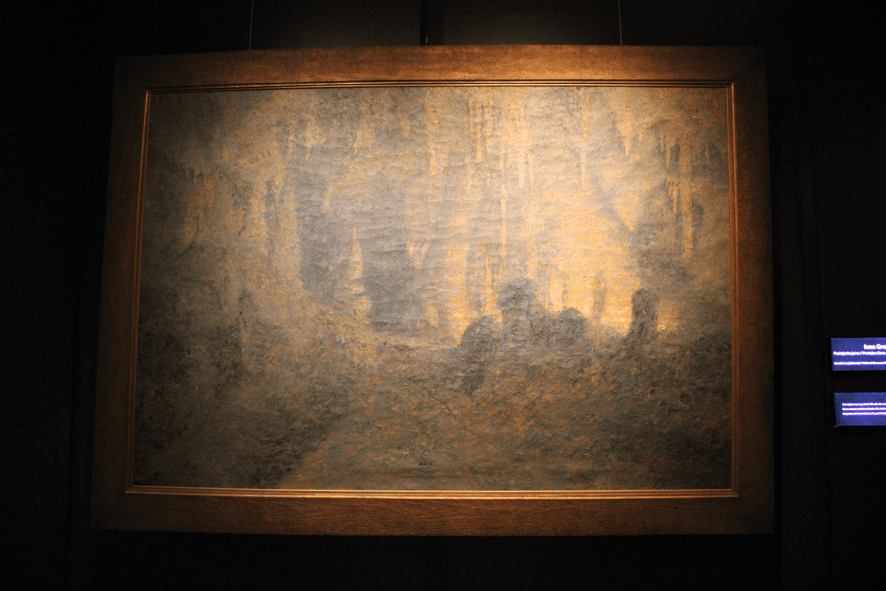
The cave network in region. In addition to Postojna, there are Pivka, Black, Magdalena, Otok and Lekinka caves. Not all areas are acessible for tourists.
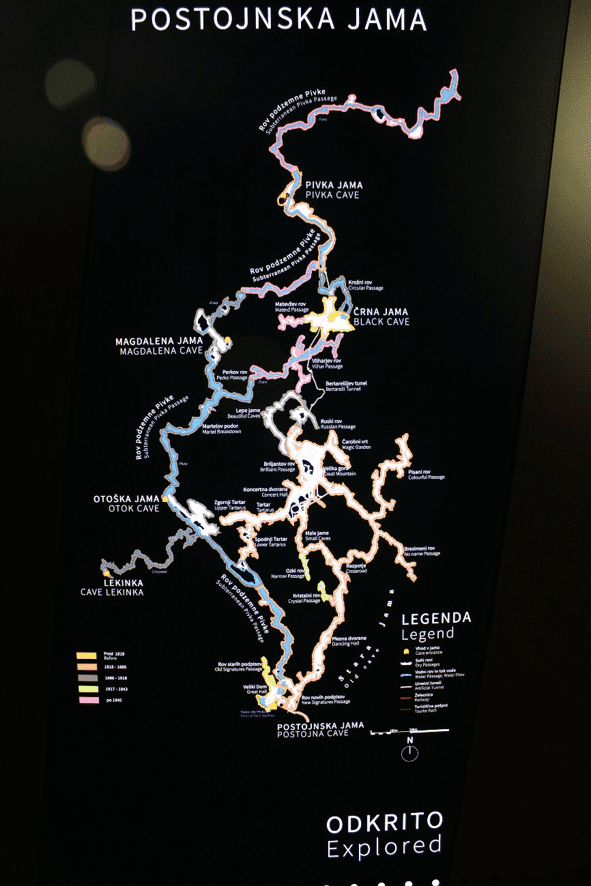
Old posters for disclosure.

Lighting
The first visitors carried torches. In second half of XIX century, oil lamps started to be used. In 1884 was installed electric light, with 12 arc lamps and 1400 candles. Electric light allowed visitors a bigger field of vision inside the cave. Currently are using halogen lamps and LEDs. Here are all types of lamps which were used.
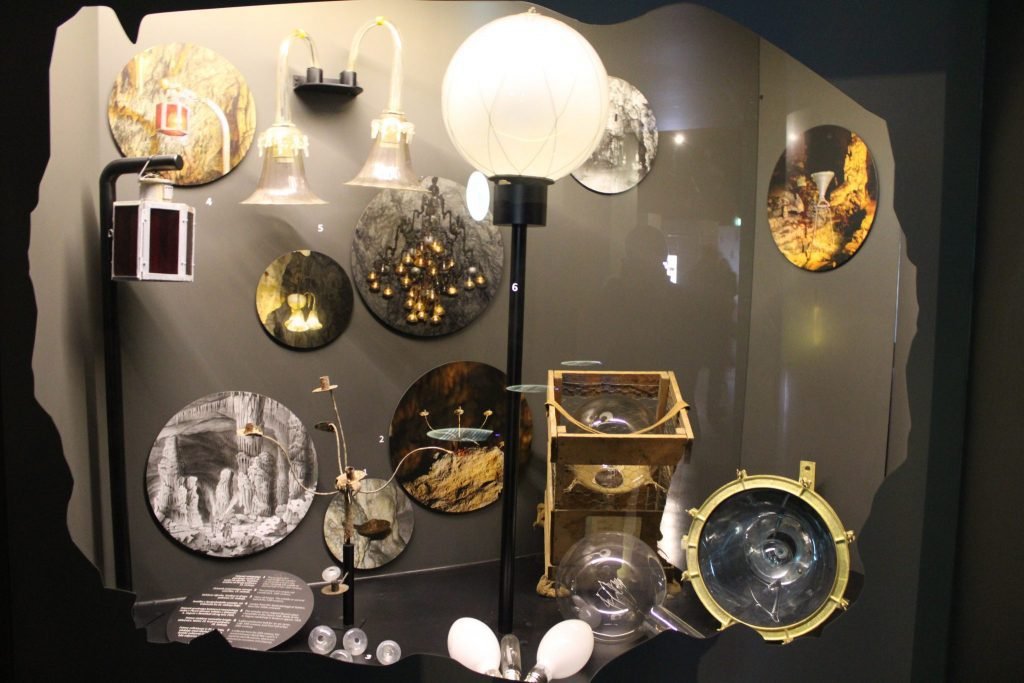
Locomotion
First visitors went by foot all the way. Until June 16, 1872, when were introduced 1.5 km of railway and a carriage pushed by a person called Phaeton.

Phaeton’s maximum speed was 2 km/h with capacity to 4 passengers. This is the train Montania S-10 of Orenstein & Koppel, was moved by gas, served as transport inside the cave from 1925 to 1957.

Had 16 BHP power, maximum speed of 5 km/h and capacity to until 150 passengers. In 1957 was introduced the electric train EMAM T 50, which replaced gas-powered ones. Since 1988 is used electric train EMAM T 80.

This train has 25 BHP, maximum speed 11 km/h and can transport 110 passengers.


